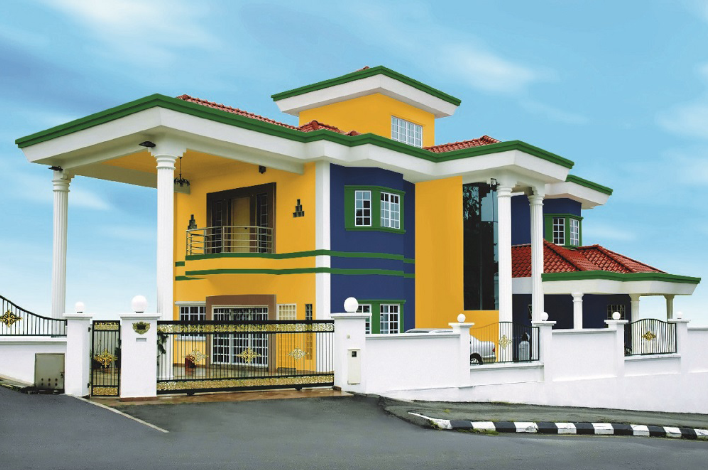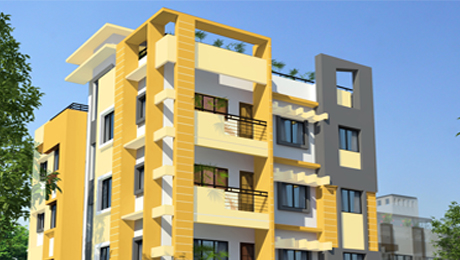
Waterproofing is basically a process designed to prevent water from penetrating into a structure. Typically waterproofing is done in various layers and stages to create multiple barriers so that water cannot penetrate the structure. A structure is waterproofed by the use of admixtures, membranes and coatings to protect contents underneath or within as well as protecting structural integrity. A combination of such stages is referred to as creating a “Building Envelope”. Therefore, compatibility of materials, their interactions, connections of building enclosures altogether also judges the performance of a building. And this performance is most hampered by the outdoor weathering factors, of which rain water and site drainage plays the major role. Thus, protection from weather, seepages from ground and vertical travel of water in a structure can be well protected by the correct application of waterproofing system. Modern waterproofing systems deal with sustainable architecture by a dual course of action on its application to the source. Various and specific coats with certain proportions of chemicals allows the process to multitask, with ease.
The parallel effect of energy conservation occurs because of the use of materials involved in the process. This largely includes the coats on the external walls and floors, which cuts down the heat flow into the building thereby reducing the load on improving the indoor air quality and air conditioning of a space. Waterproofing systems can also be stated as “structural protection and rehabilitation’ or “renewable engineering”, because of its multi action ability and importance. Waterproofing is a major part of procedure of building construction. Therefore, a waterproofing system is technically applicable not only to the building envelope as a whole, but also on the specific parts of a structure. Waterproofing is an integral part of the construction process that ensures the longevity & durability of structures, being it homes, buildings, bridges, roads, tunnels or dams.










